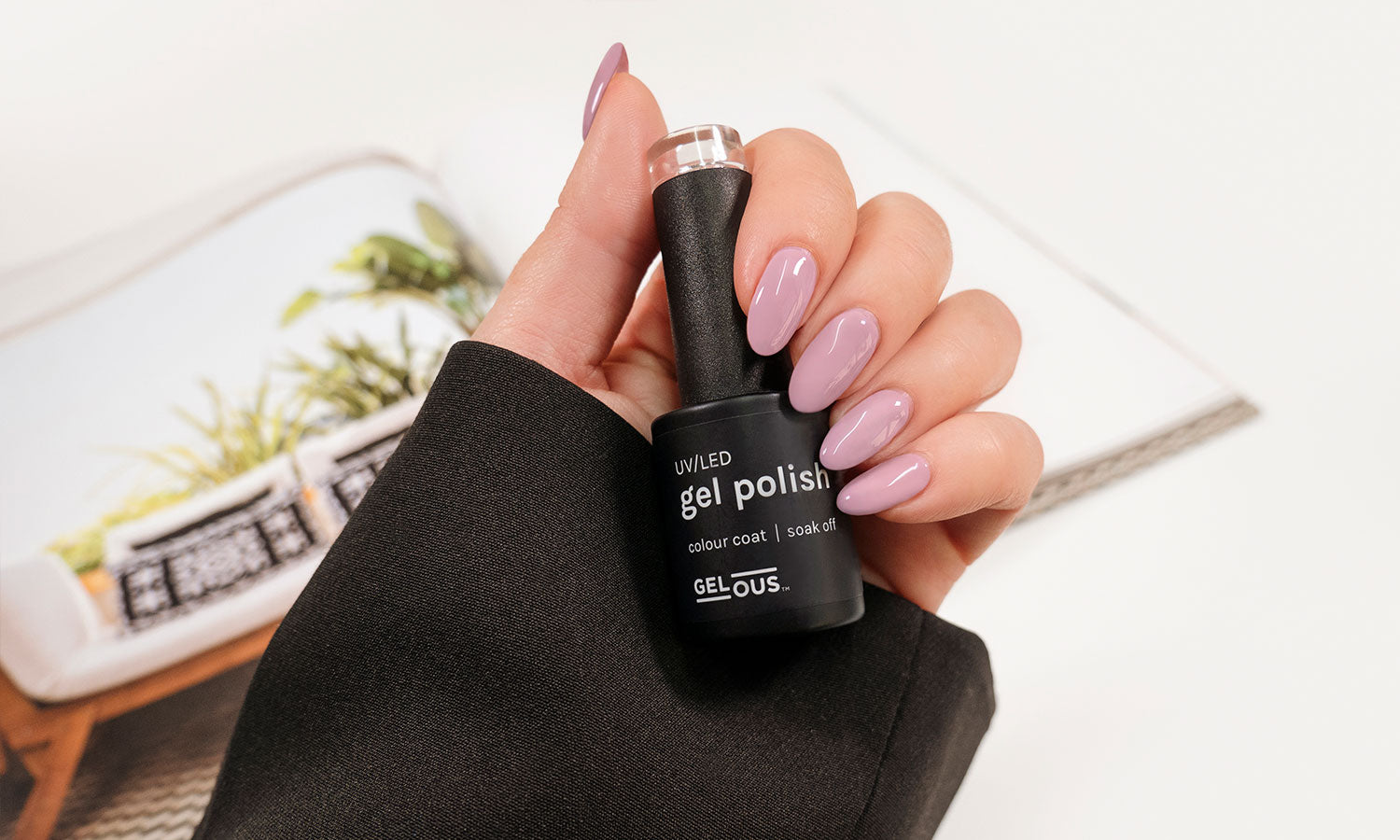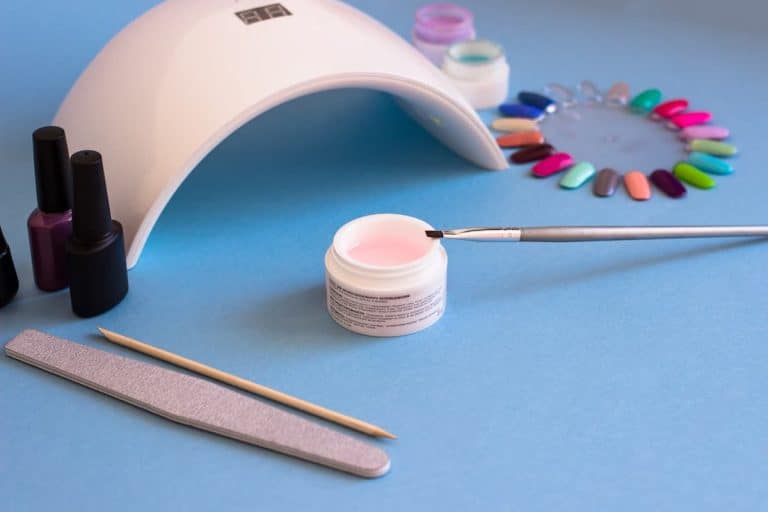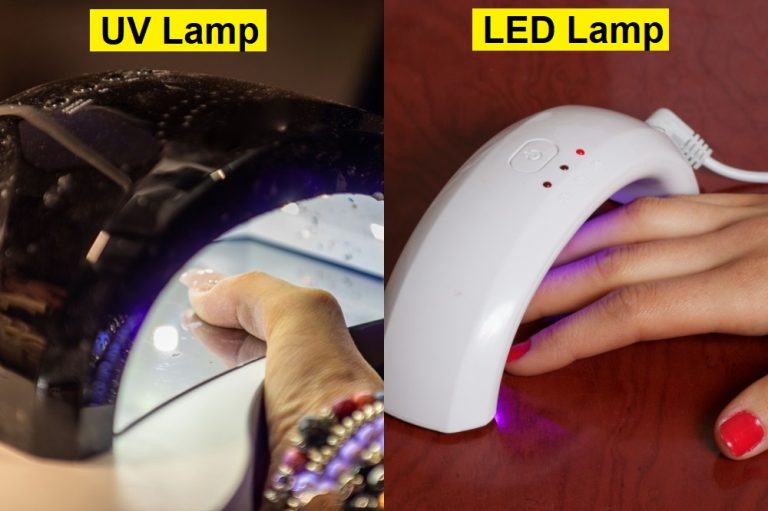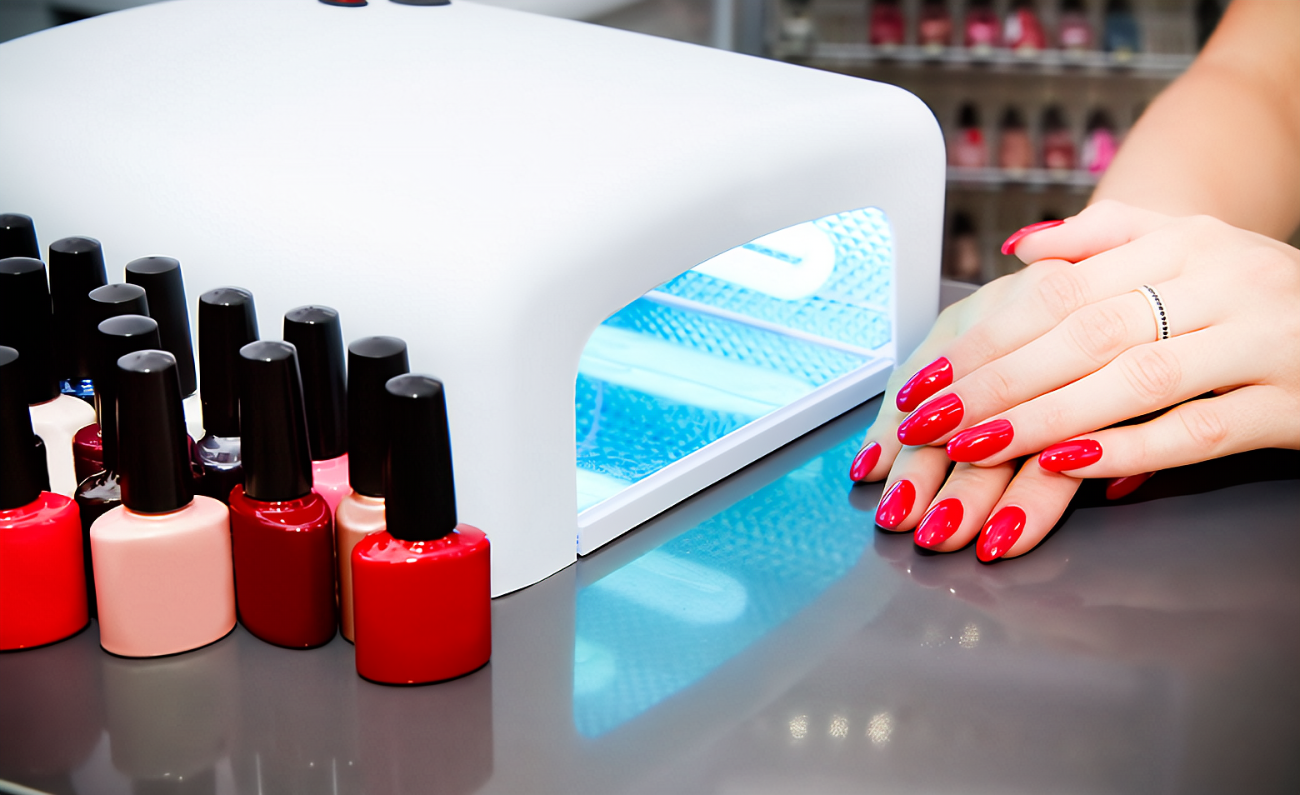In the realm of nail care, the use of LED nail lamps has become a prevalent practice. Are LED nail lamps equipped with UV light? This article delves into the intricacies of their operation, shedding light on the essential aspects you need to know. Let’s embark on a journey to understand the working principles, address concerns about UV radiation, distinguish LED from UV lamps, and guide you in choosing and using these tools safely for a flawless and secure manicure experience. Join us as we unravel the mysteries surrounding LED nail lamps and their impact on your beauty routine.
Understanding the Working Principles of LED Nail Lamps
LED nail lamps operate on a fascinating principle involving advanced technology. These lamps utilize Light Emitting Diodes (LEDs) to produce specific wavelengths of light, predominantly in the visible spectrum. Below is a breakdown of the basic working principles:
- LED Technology: LED bulbs contain semiconductor chips that emit light when an electric current passes through them. This controlled emission of light is harnessed for various applications, including nail drying.
- Wavelengths and Photoinitiators: LED nail lamps emit light in the range of 365 to 405 nanometers, primarily targeting photoinitiators in gel-based nail products. These photoinitiators absorb the light energy, initiating a chemical reaction that results in the hardening of the gel.
- Efficiency and Speed: Unlike traditional UV lamps, LED lamps offer faster curing times. The specific wavelengths emitted by LEDs are tailored to efficiently cure gel polish layers, reducing the overall drying time.
Understanding these principles provides insight into why LED nail lamps have gained popularity for their efficiency and precision in delivering salon-quality results.
UV Radiation and Nail Care Safety
UV radiation is a crucial aspect to consider when using LED nail lamps. This section delves into a comprehensive analysis of UV radiation within LED nail lamps, addressing key information related to nail care safety and potential health risks.
- UV Emission Levels: LED nail lamps emit UV light in varying intensities. We’ll explore the specific wavelengths and their potential impact on the skin and nails, helping users make informed decisions about exposure levels.
- Safety Guidelines: Discussing essential safety guidelines is paramount. This includes recommended exposure durations, maintaining a safe distance, and understanding protective measures to safeguard the skin from potential UV-related issues.
- Health Considerations: Delving into the potential health risks associated with prolonged exposure to UV light during nail treatments. This section aims to provide a clear understanding of the risks involved and how users can minimize them.
By thoroughly examining the relationship between UV radiation and nail care safety, users can make educated choices about their beauty routines, ensuring both the effectiveness of the treatment and the well-being of their skin.
Differentiating and Connecting LED and UV Lamps
Understanding the distinctions between LED nail lamps and traditional UV lamps is crucial for making informed choices in nail care. This section will provide a detailed comparison, highlighting both similarities and differences to enhance readers’ comprehension of these phototherapy tools.
- Wavelength Variances: Explore the distinct wavelengths emitted by LED and UV lamps. Understand how these wavelengths affect the curing process and the types of nail products each lamp is best suited for.
- Curing Time Efficiency: Discuss the efficiency of curing times between LED and UV lamps. Delve into how LED lamps, with their targeted wavelengths, often offer quicker and more energy-efficient curing compared to traditional UV lamps.
- Compatibility with Products: Clarify which nail products are compatible with LED or UV lamps. Differentiate the photoinitiators activated by each type of light, guiding readers on selecting the appropriate lamp for their preferred nail treatments.
- Energy Consumption and Lifespan: Compare the energy consumption and lifespan of LED and UV bulbs. Shed light on the long-term cost-effectiveness and sustainability of each type of lamp.
By elucidating the similarities and differences between LED and UV lamps, readers can make informed decisions based on their specific nail care needs and preferences.
Choosing a Safe LED Nail Lamp
Selecting the right LED nail lamp is crucial for both effective nail treatments and skin safety. This section outlines key factors to consider when choosing an LED nail lamp, ensuring readers can make informed decisions that prioritize skin-friendly products.
- Power Requirements: Examine the power specifications of LED nail lamps. Understand how different power levels can impact the curing process and choose a lamp that meets the requirements of the intended nail treatments.
- Optimal Wavelength Range: Discuss the importance of the wavelength range in LED nail lamps. Guide readers on choosing lamps with wavelengths optimized for the specific nail products they use, ensuring efficient curing without unnecessary UV exposure.
- Versatility and Compatibility: Explore the versatility of LED nail lamps concerning the compatibility with various nail products. Provide insights into lamps that accommodate a wide range of gel polish brands, offering users flexibility in their nail care routines.
- User-Friendly Features: Highlight user-friendly features that enhance safety. This may include built-in timers, adjustable settings, and ergonomic designs to improve the overall user experience while minimizing the risk of overexposure.
By emphasizing these critical considerations, readers can confidently navigate the market and choose an LED nail lamp that aligns with their specific needs and prioritizes the health of their skin.
Best Practices for Using LED Nail Lamps
Optimizing your experience with LED nail lamps involves more than just choosing the right device. This section offers valuable insights into the best practices for using LED nail lamps, including time and distance control, to minimize potential risks of UV radiation while ensuring impeccable nail results.
- Timed Sessions for Precision: Recommend specific time intervals for LED nail lamp sessions based on the type of nail product used. Understanding the ideal curing times ensures thorough drying without unnecessary exposure.
- Optimal Distance Management: Guide users on maintaining an optimal distance between their nails and the LED lamp. This crucial aspect ensures effective curing while preventing excessive UV exposure to the surrounding skin.
- Hand Positioning Techniques: Share techniques for proper hand positioning during the curing process. This includes rotating the hand for even exposure, promoting uniform drying without compromising skin safety.
- Protective Measures: Discuss additional protective measures users can adopt, such as applying a broad-spectrum sunscreen to the skin surrounding the nails. These measures contribute to minimizing potential UV-related risks during and after the nail treatment.
- Regular Maintenance: Emphasize the importance of regular maintenance for the LED lamp. Keeping bulbs clean and in good condition ensures consistent performance and reduces the risk of uneven curing.
By incorporating these best practices into their nail care routine, users can confidently utilize LED nail lamps, striking a balance between achieving stunning manicures and safeguarding their skin from potential UV-related concerns.




